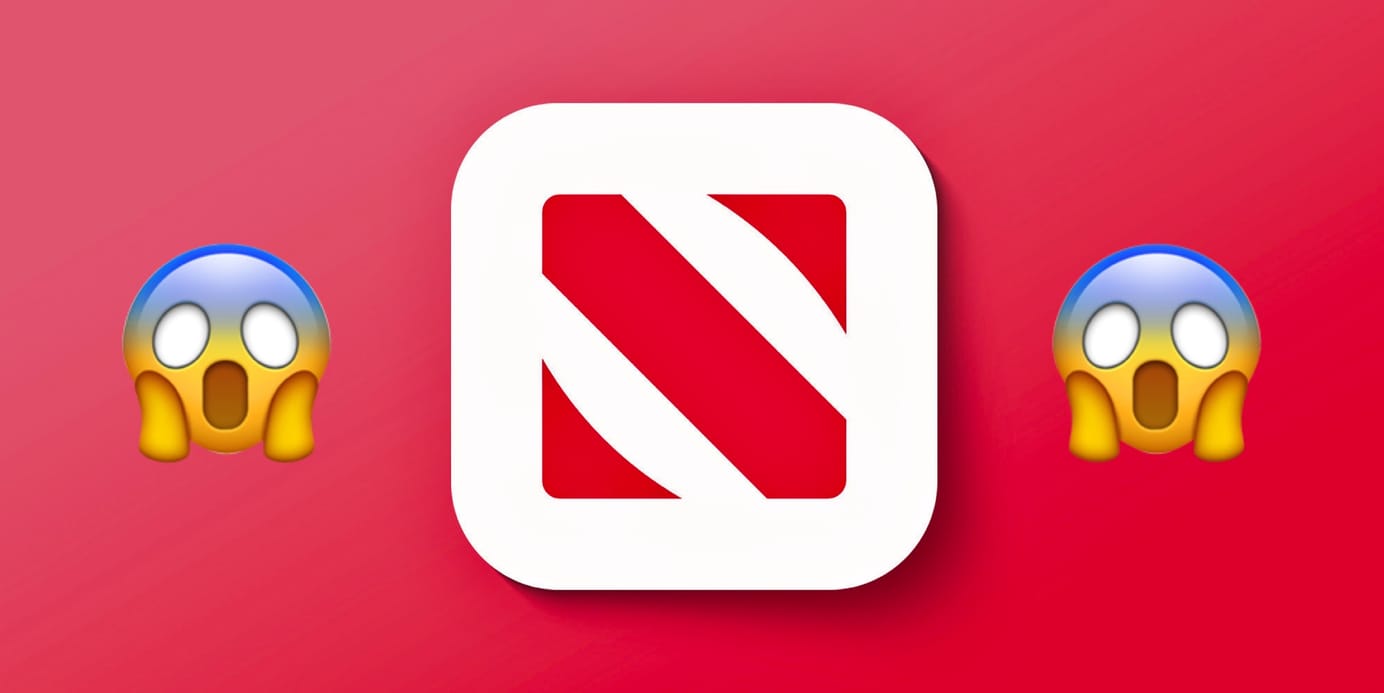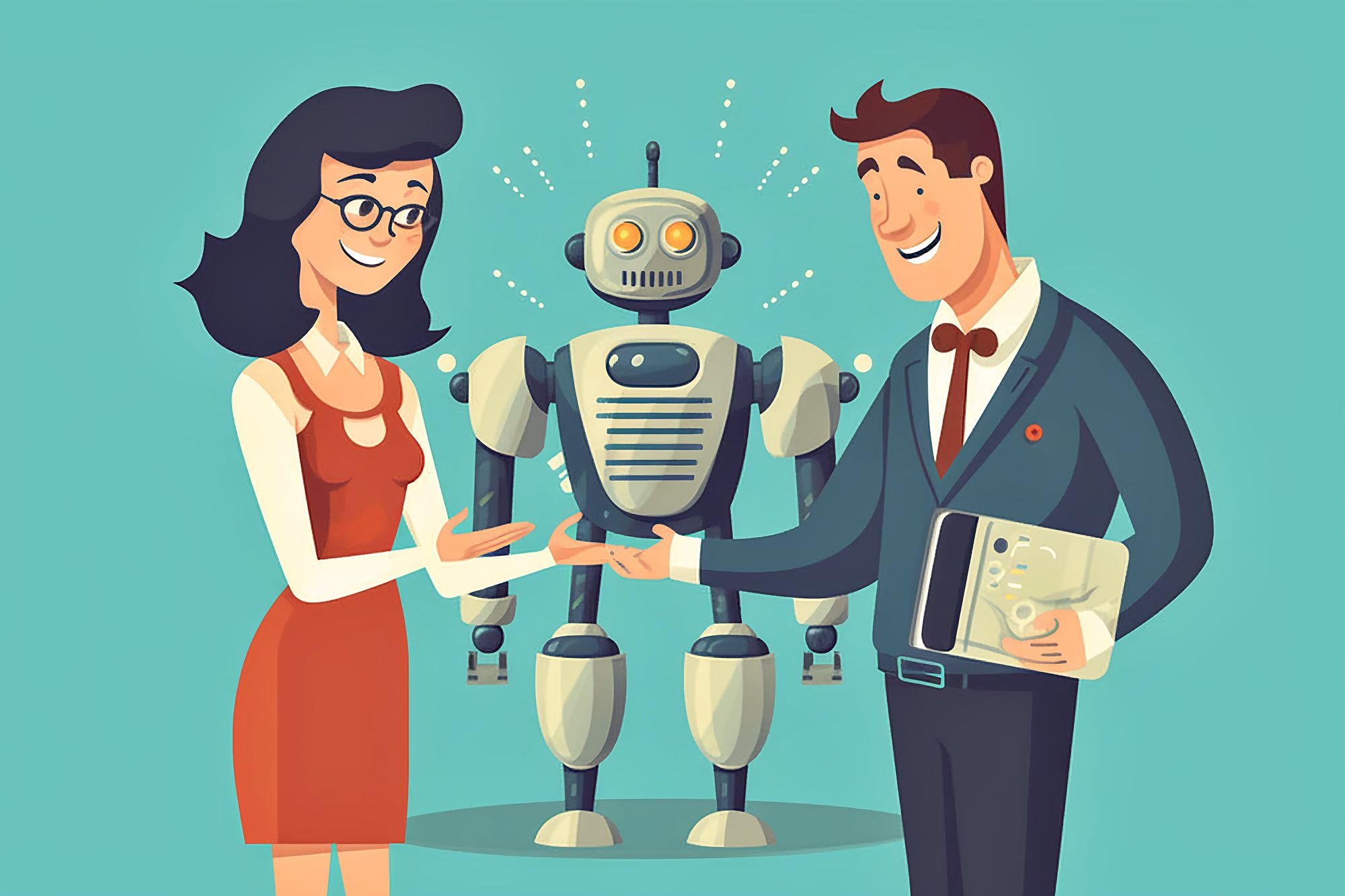Allister Frost: Noble marketing through brain hacking?
Allister Frost, managing director, Wild Orange Media
Have we ever been to Go Ape? He has. And he’s talking about the dissonance between knowing you’re safe (because you have a cable attached to you) and your body’s instinctive reaction that you’re going to die – and the exhilaration that brings.
So… social marketers
In 1990, you didn’t have much to think about – TV, radio, print, bit of outdoor. But since then the number of channels to reach people has shot up – it’s the old attention scarcity replaces channel scarcity argument. And from that we’re on to a see-saw metaphor, about the value to the consumer and the value to the business. Sure, the web is making things more transparent – so marketers have a responsibility to make marketing noble again. It’s one of the most hated professions in the world. People know we’re trying to sell them crap they don’t need…
Are the audience prepared to use the skills he’s going to give us to make marketing better? The majority are.
The “new brain”- our most recently evolved part – is rational. The mid brain is emotional, and your old brain is about survival. It’s very difficult to do anything without the co-operation of the old brain. That’s the one that makes you afraid in Go Ape.
7 whole brain marketing tips:
1. Social proof – the need to fit in is hardwired in our brain – our old brain. Photos of people who gave reviews of holiday destinations increase purchase by 20%. Somebody like us has been there – social proof in action. Tell people how many of something have sold is social proof – other people buy it, must be good. Apple is a master of social proof. The “I’m a Mac” campaign played to the old brain – I want to be the cool kid. The mistake made in the UK was using Mitchell and Web – and their images from Peep Show subverted the adverts. Microsoft responded with the I’m a PC ad – social proof that the majority of people use PCs.
2. Contrast
*The Economist *has a a chart comparing the digital subscription and a print and digital sub – they’re the same price, but the wording is different. It’s designed to make you analyse, and realise you get more for the same money with print in there – which is what they want for ad reasons.
Why did Microsoft use those odd Bill Gates and Jerry Seinfeld ads? They were coming off the back of Windows Vista – everyone hated it. Even he hated it. They knew “I’m a PC” would work. But they couldn’t go straight into it. They knew the Gates/Seinfeld ads would be controversial – but they’d get people talking and pave the way for the ads that game after. Contrast.
3. Scarcity
Identical cookies taste better if they come from a jar which is nearly empty. The brain gives it more value because it looks scarce. BA does this with “2 seats left at this price” on their website. After a while, though, scarcity becomes implausible.
4. Hidden Delight
Making people work to spot things – like the arrow in the FedEx logo – creates hidden delight. The US gave them “the ‘Wow’ starts now” as a strap line for the launch of Microsoft Vista. It didn’t deliver. The delight wasn’t hidden. Let consumers decipher messages – and don’t over promise.
5. Commitment
It’s easier to get people to agree to putting a large “drive carefully” sign in their yard, if you get them to put a small “safe driver” sticker in the window first. It actives a feeling of commitment in their brain. Small acts of commitment open up people to bigger ones later.
6. Reciprocity
Free samples make you want to reciprocate – you feel slightly indebted. That works online. Visit Sweden gives you a free screensaver. Give people a freebie than ask for data – you’ll get twice the response of doing it the other way around.
7. Visual stimulus
88% of wallets with baby photos in them get handed back. People are programmed to respond to babies. We respond with saliva to photos of food. That’s why photos and videos get more likes on Facebook – they respond to visual stimulus. Consistency builds association.
Sign up for e-mail updates
Join the newsletter to receive the latest posts in your inbox.











